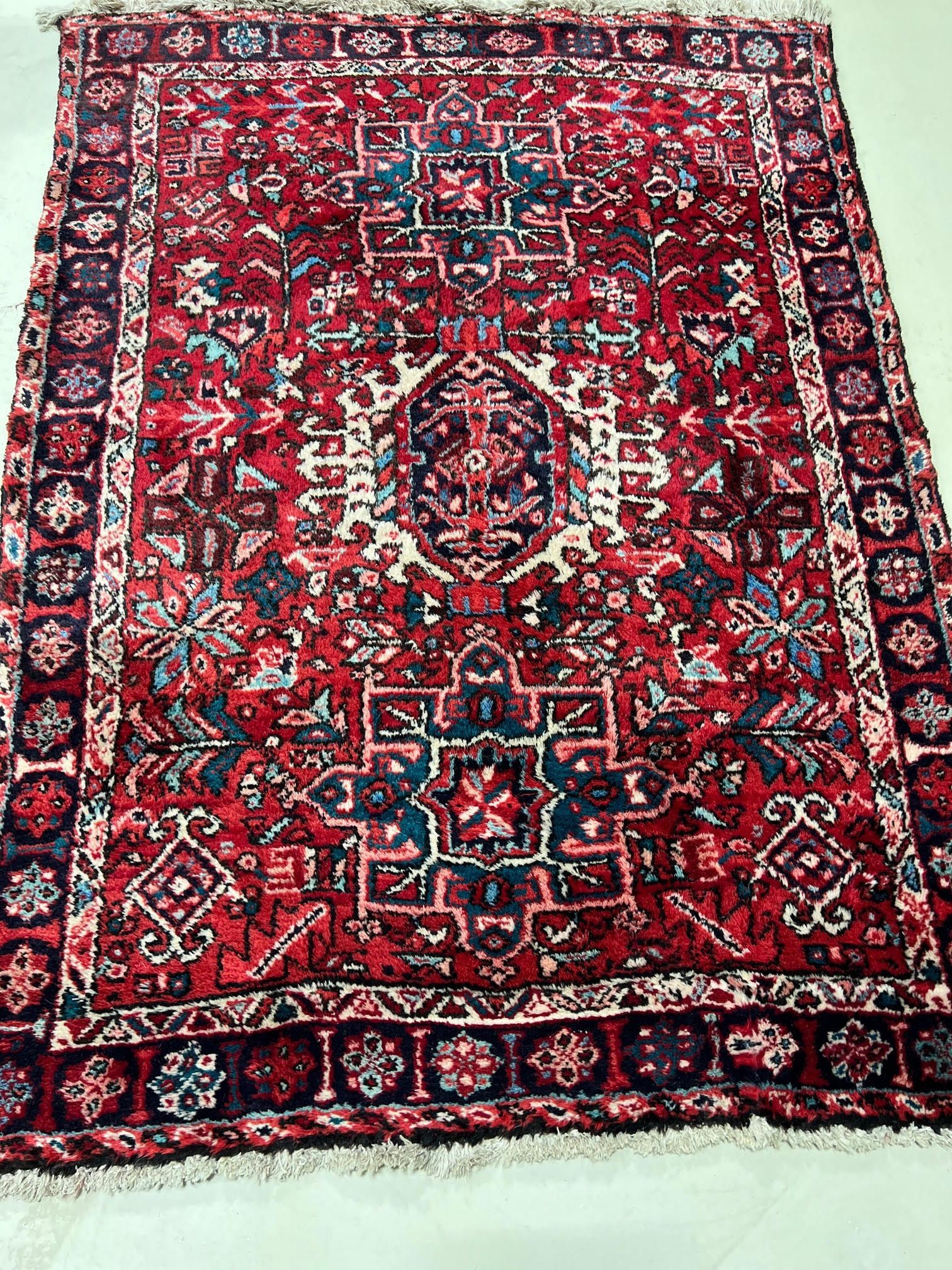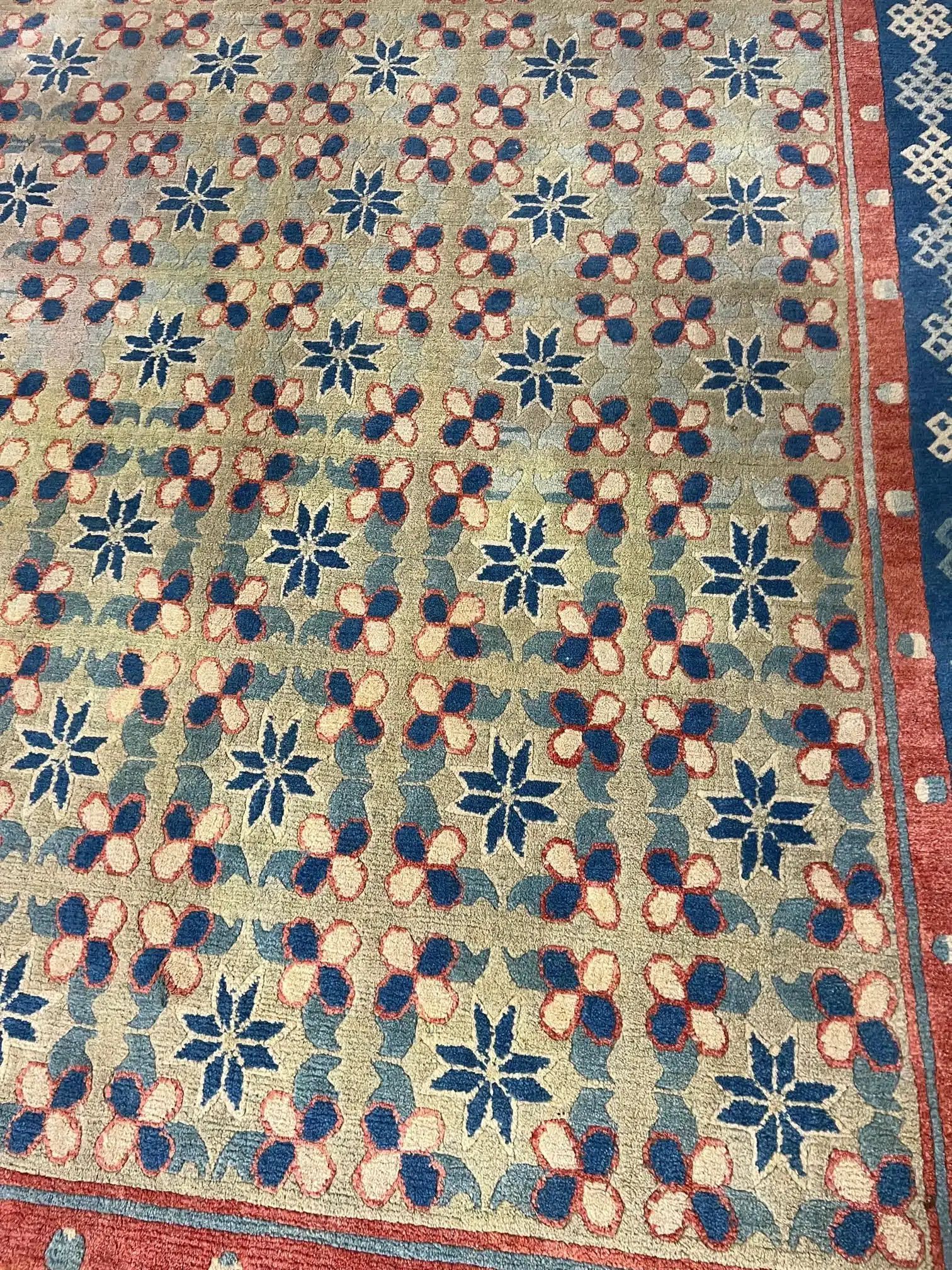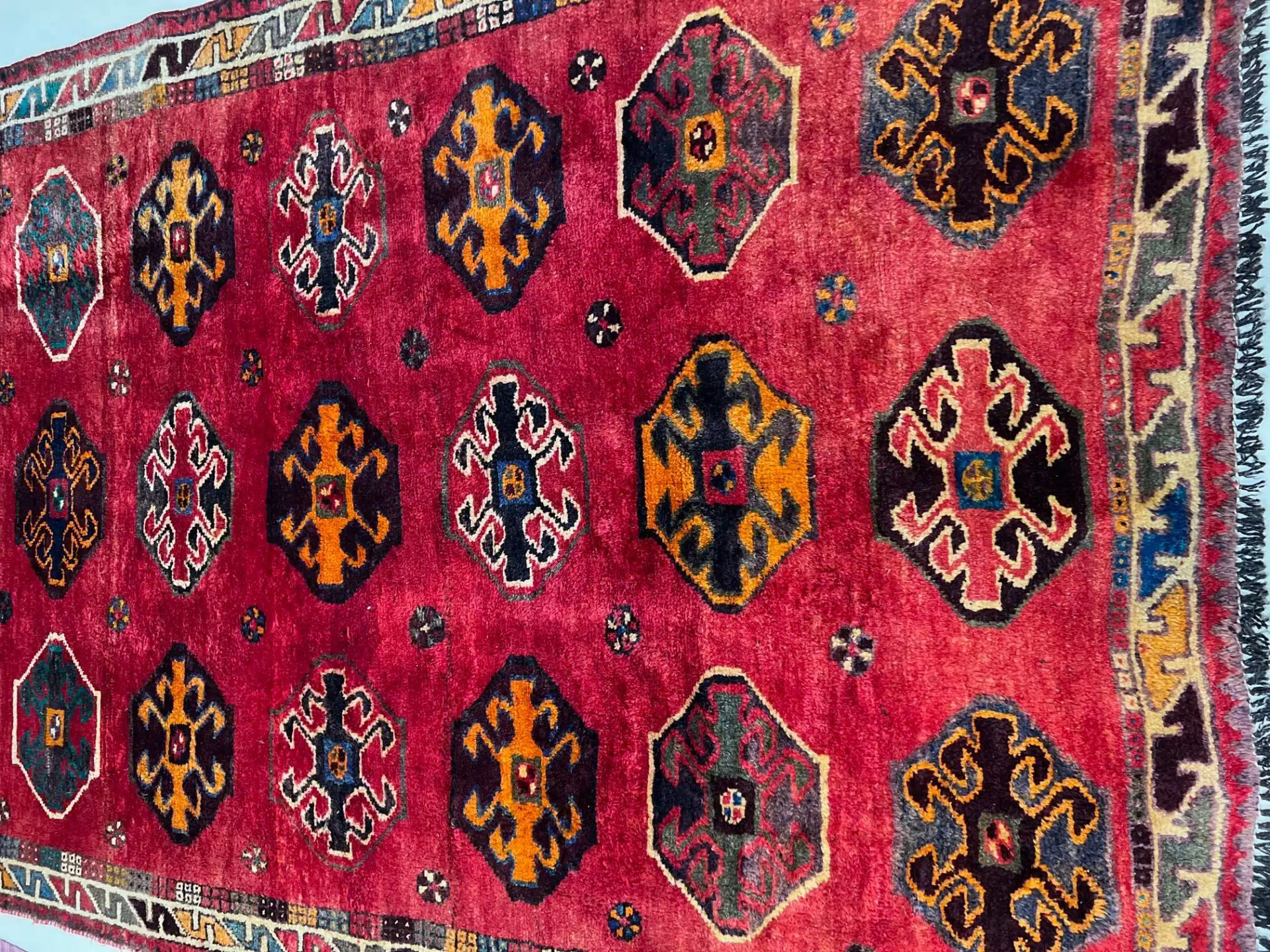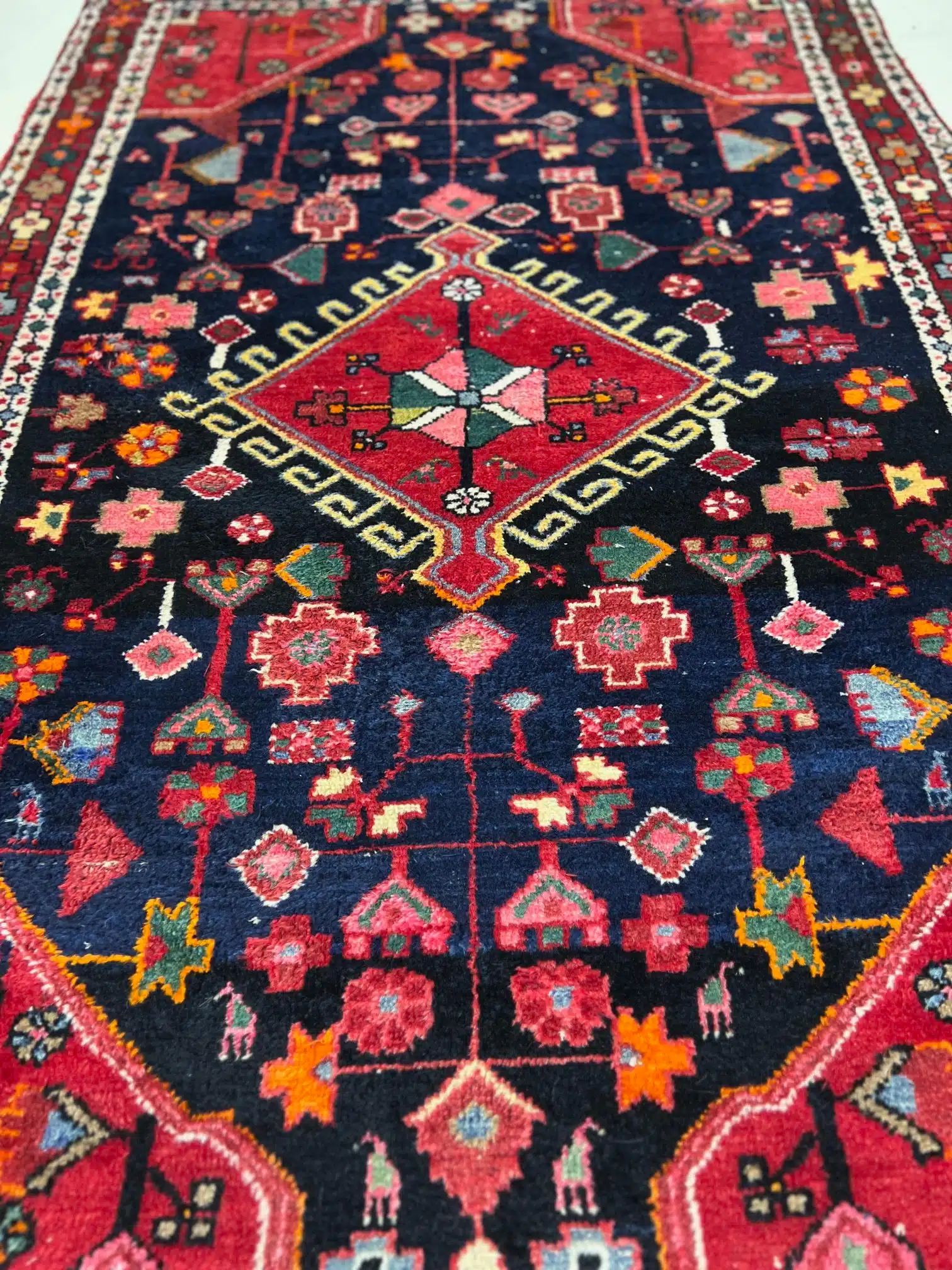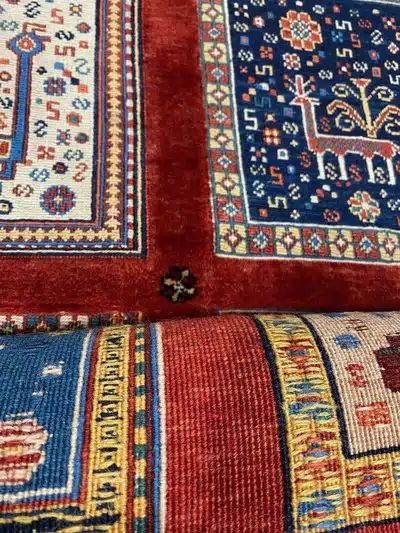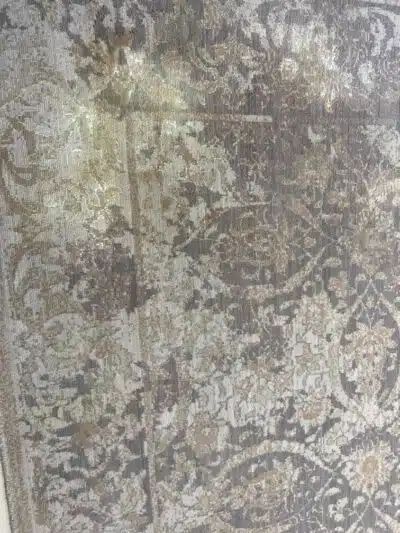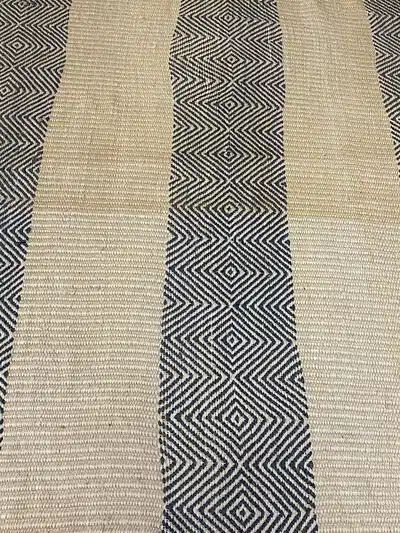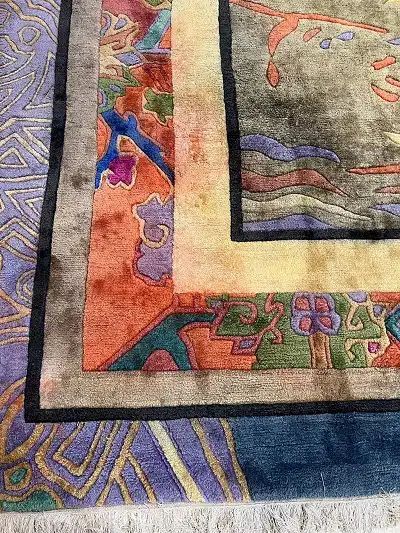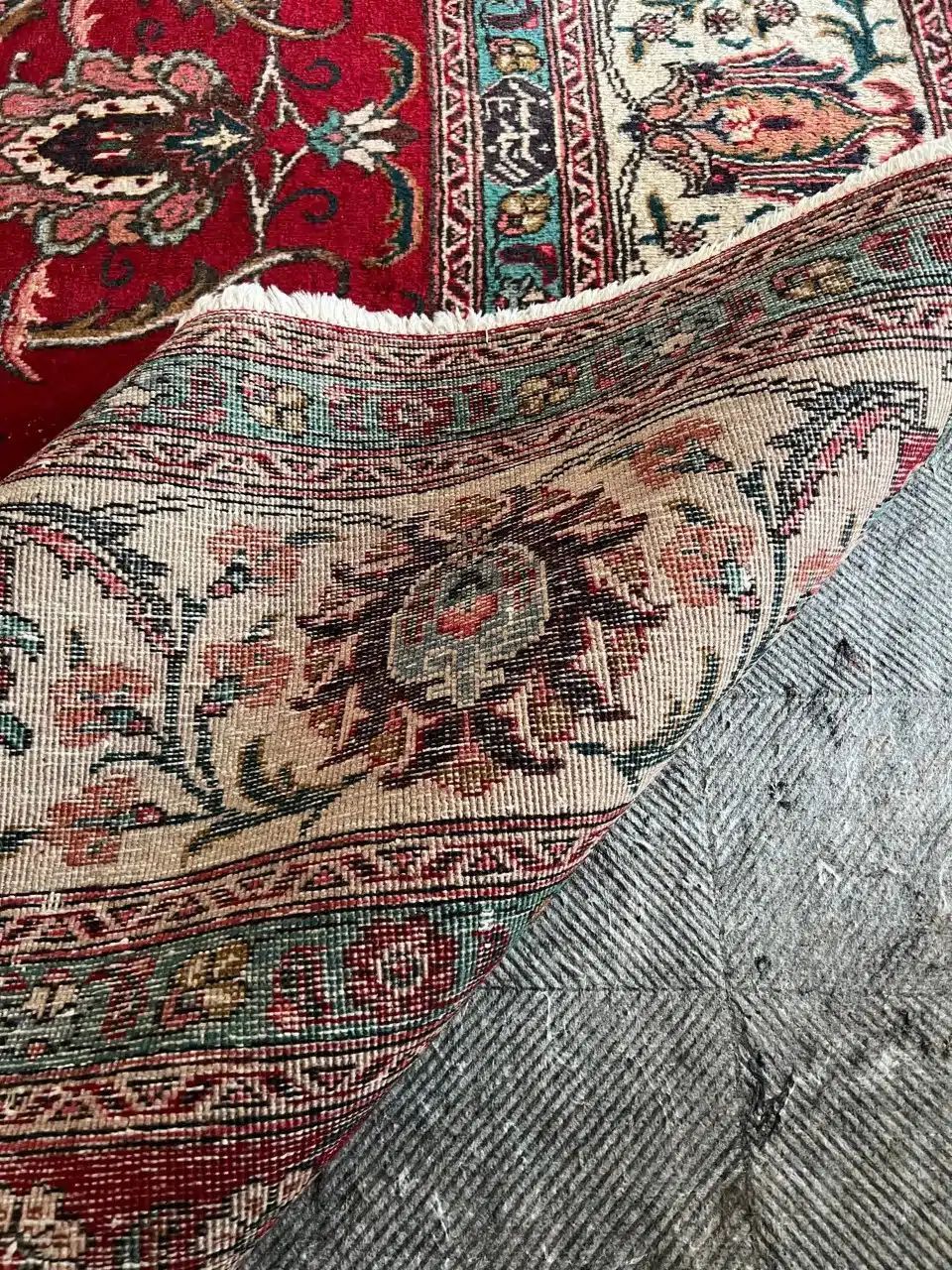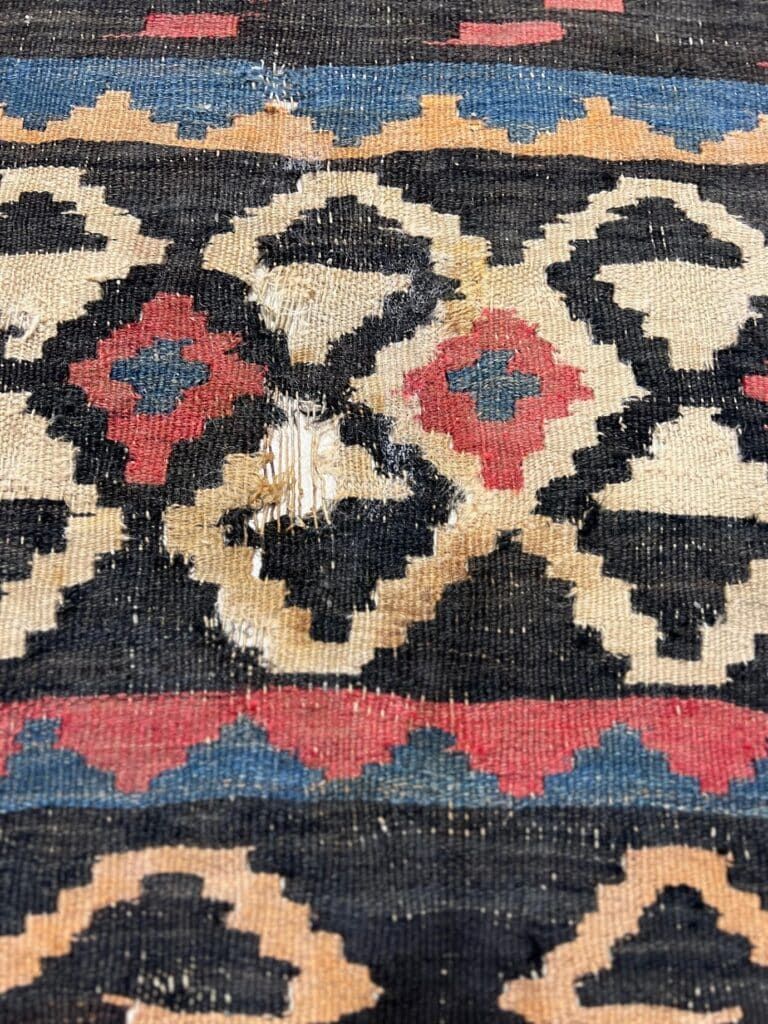Persian Rug Hand-Knotting Techniques
Persian Rug Hand-Knotting Techniques
Our expert Persian rug cleaners explain the difference between Persian and Turkish hand-knotted rugs as well as the history behind them. Only trust your precious antique rugs to an experienced, knowledgeable team like Austin Rug Cleaners.
History of Hand Knotting
From remnants of rugs that have been preserved from past eras, experts theorize that nomadic tribes in Iran mastered the technique of hand-knotting individual strands of spun wool to create a secure, plush pile. Oriental rugs from other cultures were made with different techniques and materials. But the hand-knotting technique is attributed to the Persians.
Until the 18th century, the reigns of different emperors influenced the evolution of the Persian rug. Rulers brought back textiles from their conquests, introducing new styles and techniques to their region. The carpets were considered to be their bounty. In this way, the methods, materials and designs that were used to make rugs in Persia were adopted in other locations.
These rugs also became a symbol of opulence and wealth. One of the most famous carpets from this time frame is the Spring of Khosrow Carpet. The piece was created for the palace of Sāsānian king Khosrow I, who reigned from 531 to 579 AD.
It was one of the finest Persian carpets in existence, featuring a blossoming springtime design that was woven from precious stones, gold, silver and silk. Some experts say that the carpet measured 400 feet by 100 feet. The enormous treasure was used to represent a garden when the people couldn’t head outdoors in bad weather. It came to represent the king’s capability to encourage the return of good weather. Unfortunately, the rug was torn apart when the Arab Caliphates conquered the region in 637 AD.
The Difference Between Turkish Rug Knots and Persian Rug Knots
Turkish Knotting
Between 1038 and 1194, after the conquest of Persia by the Seljuk Turkish tribe, the weavers in the region began to use Turkish knots. These involved double-wrapping the thread around the adjacent warp fibers. The Turkish knot creates a plush, consistent pile and is still used in rugs made in Turkey, northwestern Iran, Azerbaijan and Kurdistan.
Persian Knotting
The Persian knot, which involves wrapping one end of the thread snugly around the warp fiber and leaving the other end loose, creates an asymmetric result. These knots can be packed tightly together, creating dense piles with intricate, curvilinear designs. Persian knots are typically used in rugs made in India, Pakistan and eastern Iran.
Do more knots per sq inch make a better rug?
Some people believe that more knots per square inch result in a better quality rug. However, the quality depends on numerous factors. A denser knot pattern makes the rug more intricate and can reduce wear and tear. However, coarser rugs can still be made with top-notch skill. They simply reflect that the rugs were made with specific materials and techniques in a particular location.
The post Persian Rug Hand-Knotting Techniques appeared first on The Austin Rug Cleaner.
